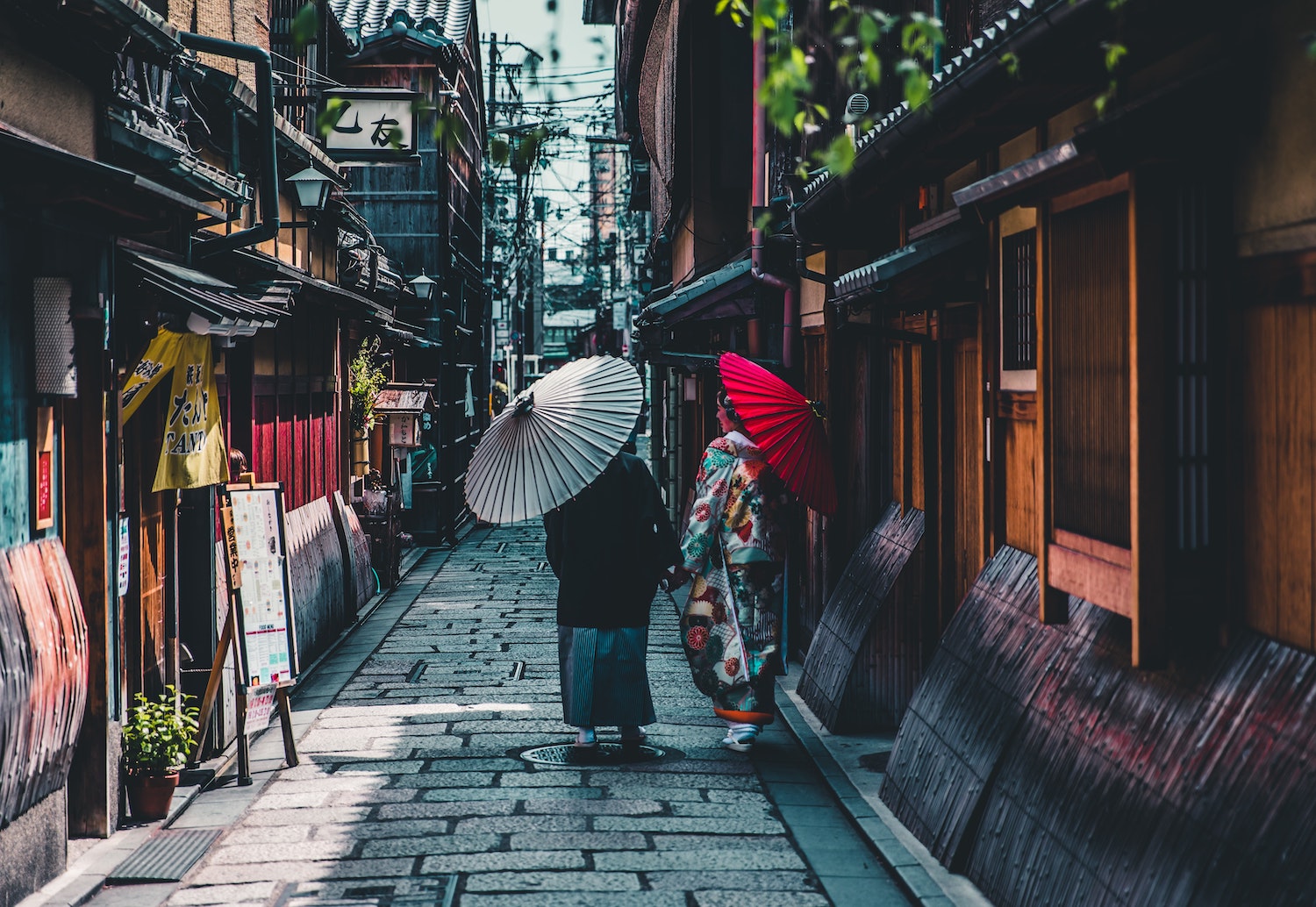Accommodation Sector in 70 Percent of Asia Pacific Countries on Track for Full Recovery in 2022

Skift Take
The Asia-Pacific region's (APAC) lodging industry, in line with the overall industry, registered massive losses as a result of the pandemic.
In 2020 and 2021, fluctuating demand, revenue loss, reduced staff, and rising costs tied to public health measures were among the multiple challenges faced in the accommodation sector in the region. Small businesses suffered most, with many lacking the capital to service fixed running costs. However, accommodation providers adapted their business models by adopting contactless and physically distanced services or function as quarantine facilities. Some developed new businesses, such as food delivery.
Indeed, accommodation sectors in seven of 10 countries have in the region are on pace to hit 2019 levels this year.
We published our latest Skift Research report on June 23. Below, we share a snippet of the report.
Hotel Sector Market Analysis by CountryIn this section, we will provide an analysis of different performance indicators to understand the hotel market dynamics in APAC, including revenue, the size and scale of companies, occupancy rates, revenue per available room (RevPAR) and average daily rates (ADR).
Revenue and ForecastsBased on 2019 revenue data, the 10 largest markets for hotels in APAC are, in order: China, Japan, Australia, India, Indonesia, South Korea, Turkey, Thailand, Singapore, and Malaysia. Collectively, the top three markets themselves represented $94 bil
